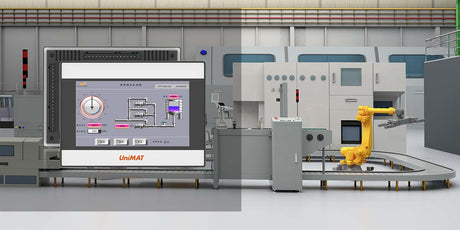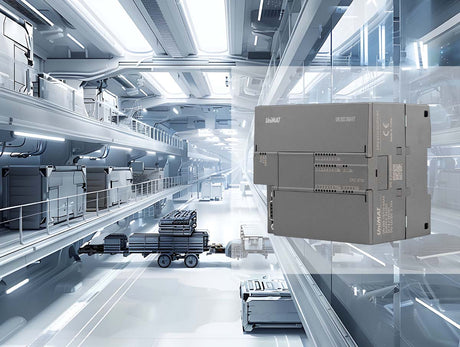Electrostatic precipitator working principle
Electrostatic precipitation is a kind of gas dust removal method. When the dust-containing gas is electrically separated by a high-voltage electrostatic field, the dust particles are combined with negative ions and negatively charged, and tend to be deposited on the surface of the anode by discharging. In metallurgy, chemical and other industries, it is used to purify gas or recover useful dust particles. A dust collection method that uses an electrostatic field to ionize the gas so that the dust particles are electrically adsorbed to the electrode. In the strong electric field, air molecules are ionized into positive ions and electrons, and the electrons encounter dust particles during the process of rushing to the positive electrode, so that the dust particles are negatively charged and adsorbed to the positive electrode to be collected.

Electrical Principles & Electrical Layout
1. Electrical principle
In this project, the main control is UniMAT 124XP CPU, which collects external signals, and starts and stops the auxiliary controller through the Modbus RTU protocol by the RS485 serial port. The main and secondary controls coordinate control to achieve chain control.

UniMAT 124XP electrical schematic
The auxiliary control is a special controller for electrostatic precipitator, which controls the thyristor conduction angle 0-180°, so as to realize the regulation of voltage and current. Through the rectifier transformer, the secondary voltage regulation is realized, and AC is changed to DC.

SQ300i wiring schematic

SQ300i wiring schematic
In normal operation, the secondary voltage is up to 140KV.
Critical construction: grounding
The special feature of the electric precipitator is that its current channel is earth, rather than the usual three-wire neutral line. Therefore, good grounding is crucial, and fracture, loosening, rust, etc. at a certain point will cause abnormal feedback signal reception, strong electrical damage to equipment and other failures.
At least the following points should be paid attention to during on-site grounding construction: 1.
The electric dust collection body, rectifier transformer and electric control cabinet should be in the same grounding grid and the shortest distance should be ensured to ensure equal potential and minimum grounding impedance
2. The flat iron, bronze plate or cable used in the grounding grid should ensure that the cross-sectional area is sufficient
3. Each electric control cabinet (special grounding bar in the cabinet) and rectifier transformers (shell grounding bolts) should each have a separate ground wire directly to the electrical dust collection body grounding, series connection
is prohibited 4. The ground resistance should be less than 1 Ω

In addition, the secondary signal loop should be selected and a high-quality twisted pair shielded cable should be selected to prevent the interference of external bad signals.
1. The secondary voltage and secondary current signal output of the rectifier transformer should each use a separate STP twisted pair shielded cable
2. The aluminum foil layer, grounding conductor and excess wires in the cable should ensure that the double-ended (voltage generator side and electric control cabinet side) should be reliably grounded.
3. The shielded cable should be complete and undamaged, and two cables cannot be spliced
4. The technical parameters of shielded cable can refer to Belden 8719 cable
Conclusion
In this project, the DC voltage is as high as 140KV in the electromagnetic environment, and many similar products have been tried with different performance. After many verifications, UniMAT 120 series PLC was finally selected. Yiwei PLC lives up to expectations, excellent performance and stable operation.









